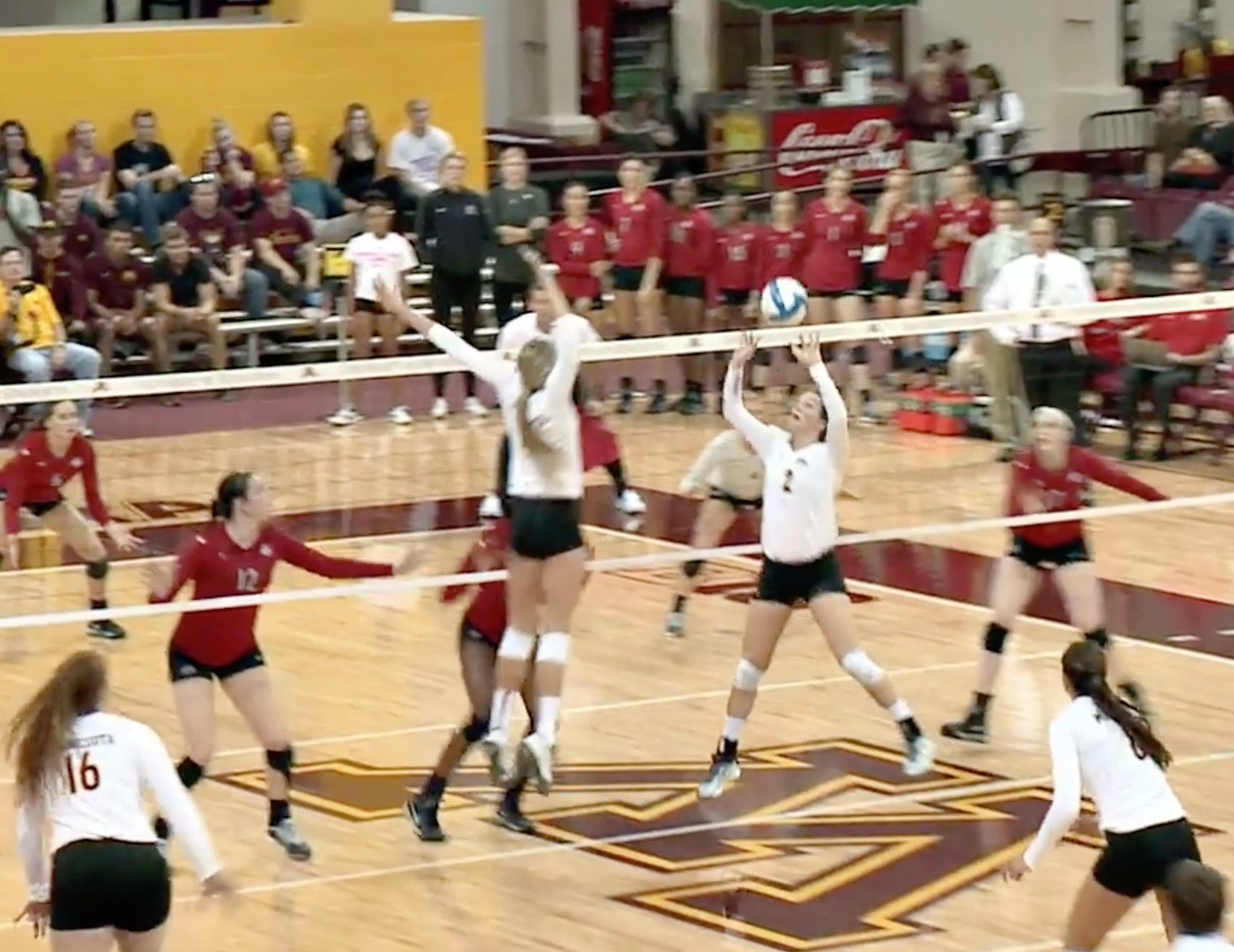Rotation Strategies
The benefits of rotational options and strategies
Next steps once you have a starting line-up
Now that you have decided on a starting six and your depth chart, it’s important to analyze in which rotation your team should start. Your practice and preseason stats will give you critical information that will assist in making this decision. Let’s review all the pieces that should impact this choice.
Player’s strengths
First make a list of your starting six players and their strengths and weaknesses in terms of match performance. You might include:
Most effective attackers
Most effective servers
Best passers
Best blockers
You must decide which of these will have the strongest impact on how your team starts a match. For me, in a majority of seasons, I opted to start with the strongest middle hitter/blocker in the front-left position. It was clear that her influence in the match (physically and emotionally) had a significant role in how we started a match. In other years, starting the 5-1 setter as the server or the strongest left-side hitter in the front-left had a similar impact.
Placing the other 5 starters
The next decision goes hand-in-hand with that first placement - how to order the other five starters in relation to that first player. For example, if you placed a middle hitter in the front-left, use your player lists to consider the pros and cons of the different placement options for your setter(s) and your other hitters.
Write out all six rotations and analyze each one in terms of offense and defense. Who are the key hitters in each rotation? How does your block perform - do certain players block better when paired with a specific teammate? What are the pros/cons of the serve receive passers in each rotation? Can you gain any additional benefits by placing specific people together in the rotational order?
Where should you place your Libero? Many teams have decided to place the Libero in the left back defensive area. However, at the high school level, a majority of hitters tend to attack the middle back zone. If your Libero is your best defender, I would suggest you consider placing your Libero in middle back.
Your Upcoming Opponents
As you become familiar with the performance of this lineup and each rotation, you must consider the matchups that will occur with your upcoming opponents. Once again, you must develop a pro/con list so you can decide which option provides your team the best chance for success.
Do you want your strongest block and/or best back-row defensive players in position versus the opponents strongest hitter? Your best hitter versus the opponents weaker blocker(s)?
Feedback on your decisions
The good news is that you will receive constant feedback on your lineup and rotation decisions. Use a combination of video and stats to analyze the performance of the team. From video, watch how your players perform individually. Also, consider what tactics the opponent used to attack your team (who/where did they serve, which blockers did they go after, how did they try to disrupt your offense)? From the scoresheets you can calculate your team’s plus/minus scoring for each rotation (how many points does your team score vs how many points are given up). From the match stats you can review: passing stats will highlight the strength of your serve receive; hitting stats will show who is carrying the load offensively and which setter (in a 6-2) runs a stronger offense.
After every match it is very important for you to analyze all of these factors and decide whether any lineup changes or rotational adjustments need to be implemented.
Note: You should have an idea if the opponent’s coach has a tendency to stick to one starting rotation or likes to rotate her/his lineup to get favorable matchup. If she/he does tend to rotate - you now are in a chess match trying to figure out where they may start, etc.
Note #2: How often you change rotations will depend on the experience level of your team. For my younger teams, too much change could negatively affect them, especially if they have not had enough repetitions in that specific rotation or with those players in that particular order.
Note #3: If you are willing and able to adjust your starting rotations, it does present more of a challenge for your opponent in preparing to play your team.
